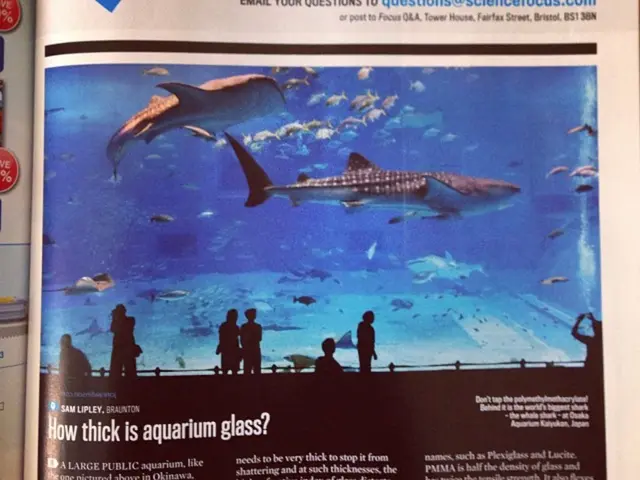Diplomatic Summit: Kim, Xi, and Putin Renew Cold War Alliances for Strategic Advantage
North Korean leader Kim Jong-un has been actively seeking to increase his country's strategic value to its longstanding partners, China and Russia. According to recent developments, Kim aims to restore vital economic lifelines from Beijing and hedge against the risks of overreliance on Moscow amid growing speculation about an eventual end to the war in Ukraine.
Kim's strategy is to move beyond the confines of the Korean Peninsula, to raise North Korea's strategic value in today's great-power rivalry by aligning itself more closely with China and Russia. This strategy is seen as a bid to play a regional role and elevate Pyongyang's standing on the multilateral stage.
A notable example of this strategy was evident when Kim and Putin met at Beijing's Diaoyutai State Guesthouse, with Putin inviting Kim to visit Russia. This meeting was followed by Kim's attendance at China's Victory Day military parade, where he showcased China's strategic weapons, including missiles capable of striking the United States.
North Korea views strengthening its alliance with Russia and ties with Beijing not as an obstacle to relations with the US but, rather, as a way to spur Washington's interest in negotiations. The country now seeks to keep the door to dialogue with the United States ajar while broadening its footprint through a wider network of states aligned with China and Russia.
Kim's attendance at the parade in Beijing was a symbolic debut on the multilateral stage for North Korea. Observers note that Kim's strategy is to elevate Pyongyang's standing and leverage abroad in response to a rapidly shifting global order.
Kim's goal is to secure backing from China and Russia to gain the upper hand in potential nuclear negotiations with the United States. To this end, he announced plans to build a blue-water fleet capable of operating beyond the coastal waters of the Korean Peninsula.
The leaders of China, Russia, and North Korea stood together on Tiananmen's rostrum in Beijing, with Xi leading the way, Putin on his right, and Kim on his left. During the parade, Xi and Kim were seen speaking animatedly, and Kim was treated with exceptional protocol by China, elevating him above nearly all foreign heads of state present.
In conclusion, North Korea's strategy under Kim Jong-un appears to be harnessing a Cold War-style structure of great-power rivalry, a reversal of the isolation it endured in the late 1980s and early 1990s. This shift in strategy is aimed at securing economic assistance, broadening North Korea's international footprint, and positioning the country for a stronger role in regional and global affairs.
Read also:
- Lu Shiow-yen's Challenging Position as Chair of the Chinese Nationalist Party (KMT) Under Scrutiny in Donovan's Analysis
- Large-scale SEA-EYE rescue operation in the central Mediterranean: 144 individuals saved
- Confidential Data Protection in Medical Field: Defending Vital Patient Data
- Medical professionals call for RKI to advocate for COVID-19 vaccine distribution








